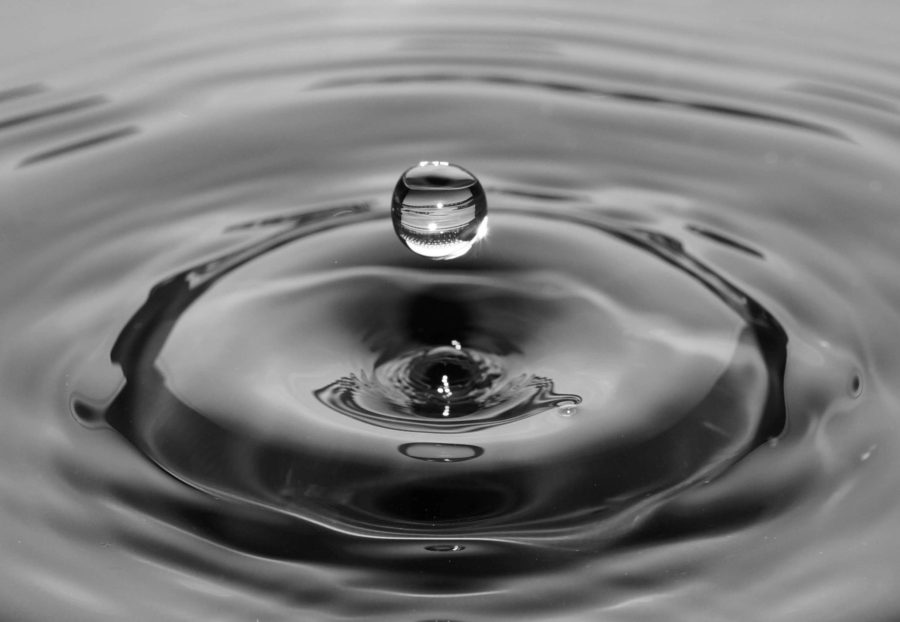What Is Hydrotherapy?
Hydrotherapy is the use of water for restoring, maintaining, and regulating health. Treatments include steam baths, saunas and hot and cold compresses, among others. Water is used both internally and externally in many different forms, such as steam, liquid or ice. Many people use hydrotherapy in many different ways, and it can be carried out both by a professional and at home.
What is the history of hydrotherapy?
Spas, hot springs and bathhouses have been used for health purposes throughout history. From Roman bathhouses to Native American sweat lodges, cultures such as Egyptians, Greeks, Chinese and Japanese have long recognized the therapeutic uses of water by taking baths to ward off disease.
Hydrotherapy is an important component of naturopathy, and has become increasingly more popular over the past few decades.
What are the principles of hydrotherapy?
Hydrotherapy is based on the concept that water has the ability to alter blood flow and revitalize health. Temperature plays a large part in this process, and different ailments can be controlled by practices using different temperatures.
Cold water stimulates the body by constricting blood vessels and restricting blood flow to slow inflammation. It also sends blood towards the internal organs to make them function more efficiently.
Hot water relaxes the body by dilating blood vessels, increasing blood flow and sending it to the skin and muscles to ease stiffness.
Using hot and cold water together or alternately is common in hydrotherapy practices, and is said to boost hormonal function, improve circulation and activate organ function.
Some practices soothe the mind and body by allowing the client to float, weightless, as their body is massaged by moving water, and stimulates touch receptors on the skin.
What happens in a hydrotherapy session?
Naturopaths, alternative practitioners, and physical therapists practice hydrotherapy in spas, clinics and hospitals, though many treatments can be practiced at home. There are many different treatments for many different conditions, and the practitioner will determine the right procedure through a quick evaluation and consultation before the treatment.
What are some common treatments?
- Compresses – A towel soaked in either hot or cold water and then placed on a particular part of the body. Cold compresses reduce swellings and treat headaches and fevers. Hot compresses encourage blood flow, treat infections and relax stiff and sore muscles.
- High-powered jets – Jets direct hot / cold water at a part of the body for 2-3 minutes to increase organ function and circulation.
- Hot baths – Immersing most or all of the body in water heated to temperatures around 100 degrees Fahrenheit is believed to reduce symptoms of arthritis, relaxing tight muscles and relieving sore muscles.
- Seawater treatments – Seawater and seaweed treatments are considered therapeutic because of the high levels of minerals, particularly iodine, found in the ocean. The treatment relaxes, cleanses and tones the body through with jets, baths or wraps. These practices are effective in treating arthritis, insomnia, dermatitis, menopausal symptoms, rheumatism and aiding in weight-loss.
- Sitz baths – A sitz bath comes from the folk medicine of Europe, and involves two hip baths of different temperature. The pelvis is immersed in one bath, while the feet are immersed in the opposite. This treatment is helpful in treating hemorrhoids, menstruation problems, incontinence and bowel issues.
- Steam room – Steam rooms are heated to high temperatures and filled with steamy, humid air. The steam helps the body release impurities and relieve water retention by inducing sweating
- Saunas – Like steam rooms, but are generally dry rather than humid. They also induce sweating to detoxify and relax the body.
- Whirlpool baths – Immersing the body in a pressurized bubble bath alleviates stress, heals skin sores / infected wounds and can be helpful with burns.
- Wraps – Consists of a cold, wet sheet that is wrapped around the body and covered with dry towels and warm blankets. The body is stimulated with the cold sheet, detoxified with the dry towels, and relaxed by the warm blankets. It is helpful in dealing with a fever, detoxifying from drug or alcohol addiction, treating the common cold, and treating skin disorders.
Who can benefit from hydrotherapy?
Anyone can benefit from the wide array of hydrotherapy treatments available, whether you take a hot bath to unwind after a stressful day, use an ice pack on a swollen ankle, or go to a spa for a specific medical condition.
Sources
Mayo Clinic Book of Alternative Medicine. Time, Inc.
Encyclopedia of Healing Therapies by Anne Woodham and Dr. David Peters.
Alternative Healing: The Complete A-Z Guide to more than 150 AlternativeTherapies by Mark Kastner, L.Ac., Dipl.Ac., and Hugh Burroughs. Henry Holt and Company: 1996.


